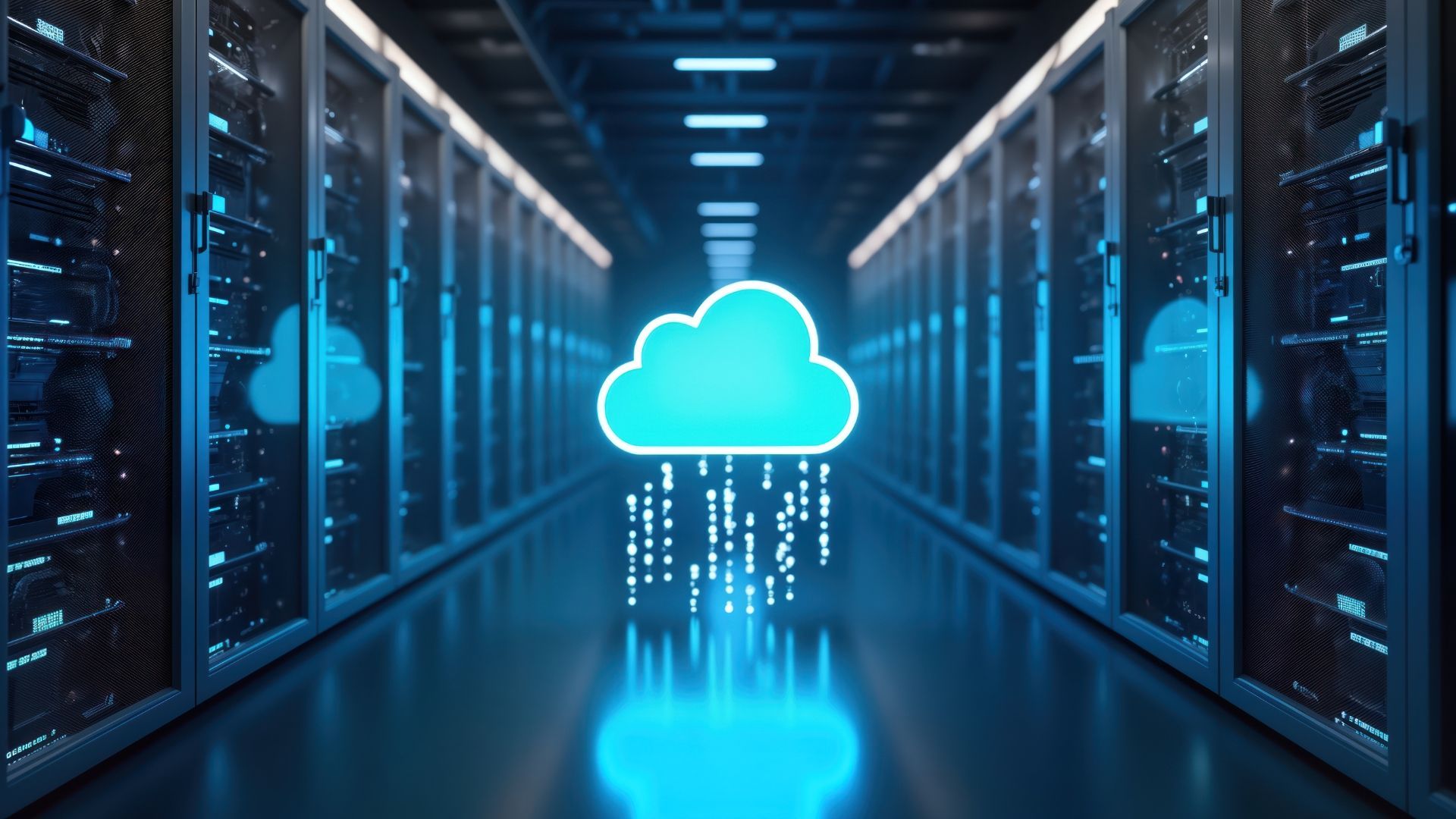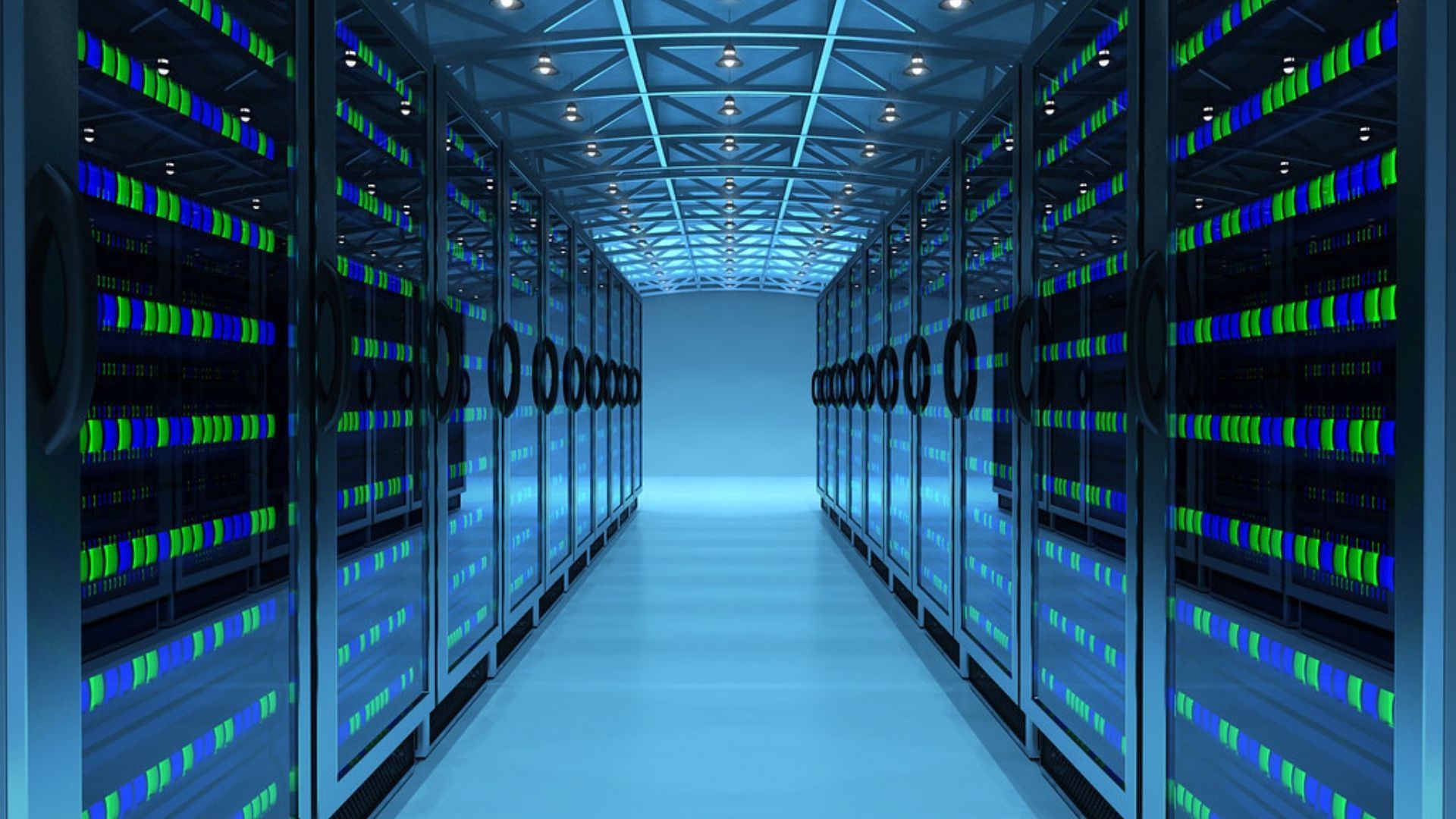Cloud migration FAQs: answers to the questions you were afraid to ask
Cloud migration can be a tricky topic. But don't worry – we've tackled the most common questions that beginners are afraid to ask. Get the answers inside.
Do you feel lost when colleagues talk about "cloud migration"? Have you started a new IT job but feel a tad out of your depth? Do you know what cloud migration is, but struggle to see whyit's worth it or howit works?
Good news: you can keep your newbie questions to yourself. We've answered some of the most common – and basic – cloud migration queries, so you can conquer your next IT meeting with confidence.
What is cloud migration?
Cloud migration means moving digital stuff – files, databases, applications, IT processes and so on – to an off-premise data centre. This data centre is "in the cloud" – it's an off-site resource that you can access from any location.
If it's your first cloud migration, the assets will be transferred from your on-premise data centre (or computers) into the cloud. Increasingly, though, businesses are migrating from one cloud service to another. This is called "cloud-to-cloud migration".
It's important to note that your cloud isn't just a big hard drive in the sky. It could be – if you're only using a cloud storage service. But more often than not, when people talk about cloud migration they mean migrating to an IaaS (infrastructure as a service) solution. This is a complete IT setup that lives in the cloud – complete with storage, computation and networking capabilities.
So when you migrate applications to the cloud, they're not just sitting there, waiting to run their code on your company laptop. They execute on virtual computers within the cloud.
What are the benefits of cloud migration?
We could write a hefty book in answer to this question. But let's keep things simple and focus on three main benefits:
1. Scalability
There's a reason the big cloud providers are called "hyperscalers" – they're able to scale at the drop of a hat. If you need more storage or compute power, a hyperscaler can instantly provide it. Use this power wisely and your business could become more agile, more flexible and better able to satisfy customer needs.
2. Resource management
Running an on-premise data centre means maintaining expensive, complicated hardware and employing a team of IT experts to manage it. If a server breaks down or becomes obsolete, it needs to be replaced. And if operations scale back, you'll have to pay to maintain hardware you're not using.
In the cloud, however, you only pay for what you need – and everything is maintained off-site by your cloud vendor. This can save time, save budget and allow IT experts to focus their attention on more important matters.
3. Modernisation
Remote working is now the norm. Your HQ is no longer the centre of the universe. Shifting to a decentralised, cloud-based infrastructure can equip your business for the future and give remote workers a secure, easily accessible platform on which to create, collaborate and innovate.
What are the cloud migration types?
There are six common cloud migration routes. These are often known as "the six Rs of cloud migration".
When deciding on a cloud migration strategy, you might want to choose one of these methods or a combination of several.
Rehosting: also known as "lift and shift", this method recreates your IT setup – like-for-like – in the cloud.
- Re-platforming: you can think of this as "rehosting with extra bells and whistles". It involves lifting and shifting while implementing certain OS and application optimisations.
- Repurchasing: or "drop and shop". Ditching legacy applications entirely and replacing them with cloud-based SaaS (software as a service) solutions.
- Refactoring: rewriting application code so the software becomes "cloud-native". This is very labour-intensive but can help you reap the most benefits from the cloud.
- Retaining: keeping some parts of your IT infrastructure on-site and moving others to the cloud.
- Retiring: let's say you use a complex, bespoke application. Chances are, you can turn off parts of this app without damaging its functionality. If you do this during a cloud migration, you're using the "retiring" method.
What is a cloud migration strategy?
Cloud migrations are complex, so it's important to implement a clearly defined strategy if you're going to tackle one. This strategy should address questions like:
- What do we want to achieve?
- How can we align our migration with business goals?
- What risks exist – and how can we address them?
- What's our deadline – and how much wiggle room do we have?
- What's our budget?
- Are there any compliance concerns we need to be aware of?
- What route should we take to the cloud?
- How much training will be required?
- Should we use external resources or consultants?
- How will our IT department change after the migration is complete?
At Ascend Cloud Solutions, we offer
cloud consultancy and
managed migration services to help you create and deliver a solid cloud strategy.
What is cloud migration testing?
Testing is one of the most important phases of cloud migration. It involves assessing the performance of migrated applications to ensure they run effectively in the cloud.
What are cloud migration tools?
Cloud migration tools are applications that help businesses migrate assets to the cloud. As well as being able to transfer data, they'll often include features that help to minimise downtime during the migration.
What's the difference between cloud migration and cloud transformation?
Some people use the term "cloud transformation" to denote a project with a broader scope than a simple migration.
If a migration is simply moving digital stuff to the cloud, a transformation is a top-to-bottom reworking of a business's strategy to better take advantage of the cloud. This might mean looking at security, analytics and data management, among other things.
A cloud transformation always includes a cloud migration – unless the migration has already taken place.
How long does cloud migration take?
It depends.
It depends on the size of your business and its infrastructure. It depends on what you want to achieve with cloud computing. It depends on the migration route you choose. It depends on the time and resources you can dedicate to getting the job done.
So, yes. Sorry. There's no easy answer. To get an inkling of an idea, you'll have to create a detailed cloud strategy that considers all of the above and more. Armed with this information, you can map out a timeline that aligns with your business goals and capabilities.
The good news? We can help. At Ascend Cloud Solutions, we've handled more than 400 cloud migrations for businesses of all sizes. We can find the best route to the cloud – and help you create a solid strategy to get there.
Short on resources? Not a problem. Choose our
managed cloud migration service and we'll handle every step of your migration journey, from planning to testing to execution.
With our proven five-step process, we'll get you where you need to be – in the cloud – with minimal disruption and maximum efficiency. Keen to get started?
Get in touch with one of our experts today.












